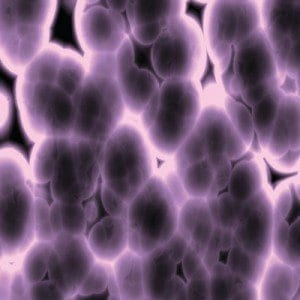 A team of scientists reported on October 5 that they had successfully utilized cloning technology to create embryonic stem cells that contained genetic information from specific individuals. The success of the project could mark an important step in the development of stem cell cloning techniques, which could be used to treat diseases since they are not rejected by the patient’s body.
A team of scientists reported on October 5 that they had successfully utilized cloning technology to create embryonic stem cells that contained genetic information from specific individuals. The success of the project could mark an important step in the development of stem cell cloning techniques, which could be used to treat diseases since they are not rejected by the patient’s body.
The cells produced in the experiment were genetically abnormal and would not be suitable for use in humans, say the researchers. But the discovery could still pave the way for future cloning techniques that could heal a variety of terminal illnesses.
The use of embryonic stem cells is controversial throughout several fields, including ethics, morality, and politics. Scientists paid women to donate eggs, which were used in the research. The study created concern about the exploitation of women for research and the health risk involved in donating eggs. The researchers used the eggs to produce and destroy embryos, from which the stem cells were extracted. The research caused controversy because scientists grew mutant human embryos specifically for use in the extraction of stem cells.
“They have created human embryos. They are abnormal, but they are still human embryos,” says Daniel P. Sulmasy, professor of medicine and ethics at the University of Chicago. “Anyone who is opposed to the deliberate creation and destruction of human embryos, as I am, would be opposed to this research.”
However, other scientists, bioethicists, and advocates of embryonic stem cell research praised the scientists for their meticulous attention to detail and for the advances in the fields of medicine that the research could bring.
“I think it will teach us a lot of how to control the generation of all the different cell types that we would like to study and use for therapy,” says Lawrence Goldstein, director of the stem cell research program at the University of California at San Diego. “I think it’s a really exciting development,” Goldstein continued.
Those who support embryonic stem cell research feel that it is one of the most promising fields of biomedical research. Embryonic stem cells are thought to have the ability to become any type of cell, tissue, or organ in the body. Such cells could be used to regrow defective organs such as kidneys, hearts, and livers, and new research could result in a cure for several serious diseases such as diabetes, paralysis, and Alzheimer’s disease. However, stem cell research is not without its opponents: scientists must grow and eventually destroy embryos to extract the stem cells, and some opponents believe that destroying an embryo is equivalent to ending a life.
Stem cells were first isolated in 1998 and researchers have been working ever since to create new stem cells that could be used to generate new tissue such as organs or even limbs. Since stem cells would contain the DNA of the individual who is receiving the treatment, the patient’s body would not reject the new tissue.
“Therapeutic cloning,” as it is sometimes called, is the process that was used to clone the sheep Dolly in 1996. The process implants genes from an adult individual into an egg that has been stripped of its own genetic material. Scientists then use other genetic processes to stimulate the egg to grow into an embryo with the new genetic information, which allows scientists to extract the embryonic stem cells.